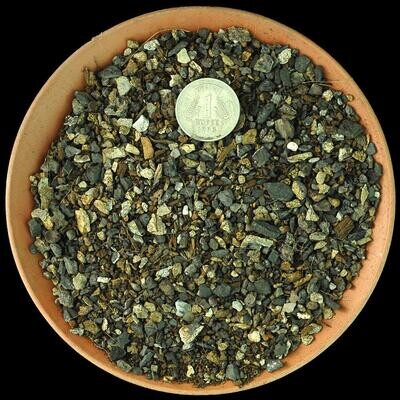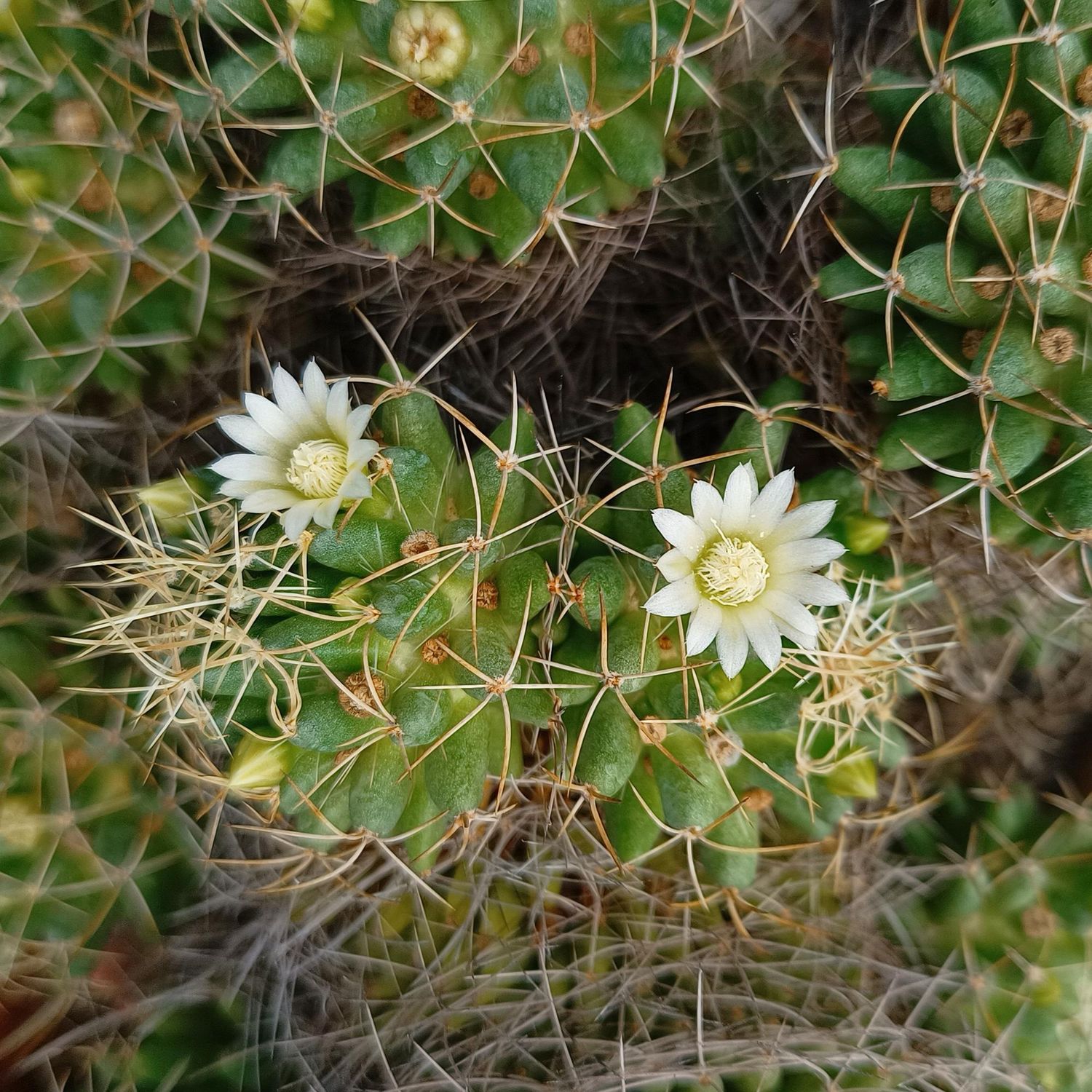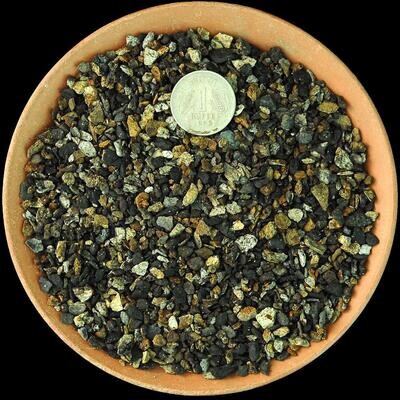Please check the Shipping Updates Page for information on shipping.
Mammillaria camptotricha cv. marnier-lapostollei
Origin of Name
Mammillaria camptotricha cv. marnier-lapostollei is a cultivar within the Mammillaria genus. The genus name 'Mammillaria' comes from the Latin word 'mammilla', meaning nipple or teat, referring to the tubercles that are characteristic of these cacti. The cultivar name 'marnier-lapostollei' honours Anne Therese Marnier-Lapostelle, the first wife of Julien Marnier-Lapostolle - owner of famous plants collection "Jardin Botanique des Cedres" in Cap Ferrat (France). President of "Association Francaise des Amateurs de Cactees"
Technical Description of Plant
Mammillaria camptotricha cv. marnier-lapostollei is known for its distinctive and ornamental appearance. It typically forms a spherical to slightly elongated shape, with dense covering of spines. The body of the cactus is green, with conical tubercles from which emerge radial spines. These spines are usually white or yellowish, giving the plant a soft, woolly appearance. One of the notable features of this cultivar is its curly central spines, which are longer and can be hooked, adding to its unique appeal. Mammillaria camptotricha cv. marnier-lapostollei blooms with small, bell-shaped flowers, usually pink or white, which encircle the top of the cactus.
Origin of Plant
Mammillaria camptotricha, the species from which this cultivar is derived, is native to Mexico. It typically grows in rocky or sandy soils in arid and semi-arid environments. The cv. marnier-lapostollei has been cultivated for its specific aesthetic qualities and is not found in the wild.
Conservation Status
As a specific cultivar, Mammillaria camptotricha cv. marnier-lapostollei does not have a separate conservation status. However, the cultivation of cactus cultivars contributes to the diversity of plants available and helps reduce collection pressure on wild species.
Care Instructions
Mammillaria camptotricha cv. marnier-lapostollei requires typical cactus care. It prefers bright, indirect light but can tolerate some direct sunlight. Too much direct sun, however, can cause the colors to fade or burn. A well-draining cactus mix is essential. Water moderately during the growing season, allowing the soil to dry out completely between waterings, and reduce watering in the winter to prevent root rot. This cactus is not frost-tolerant and should be protected from freezing temperatures. Fertilize sparingly with a cactus-specific fertilizer during the growing season.





